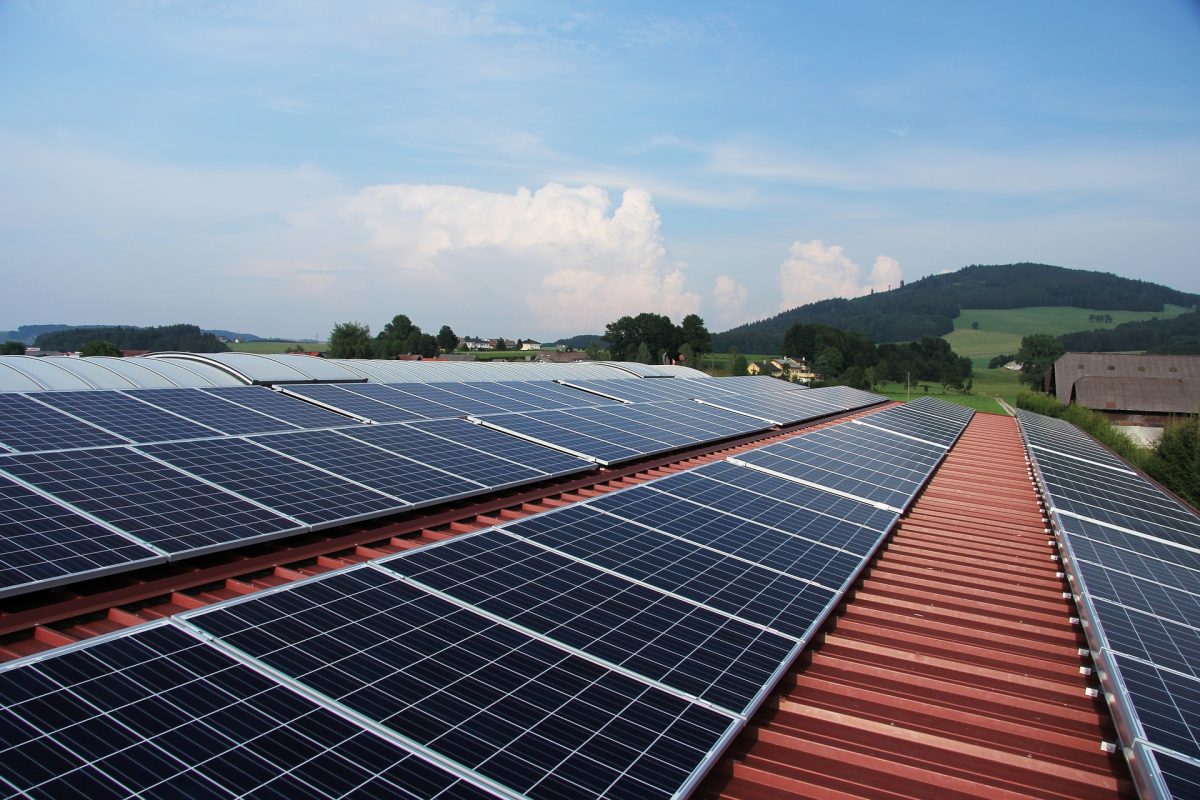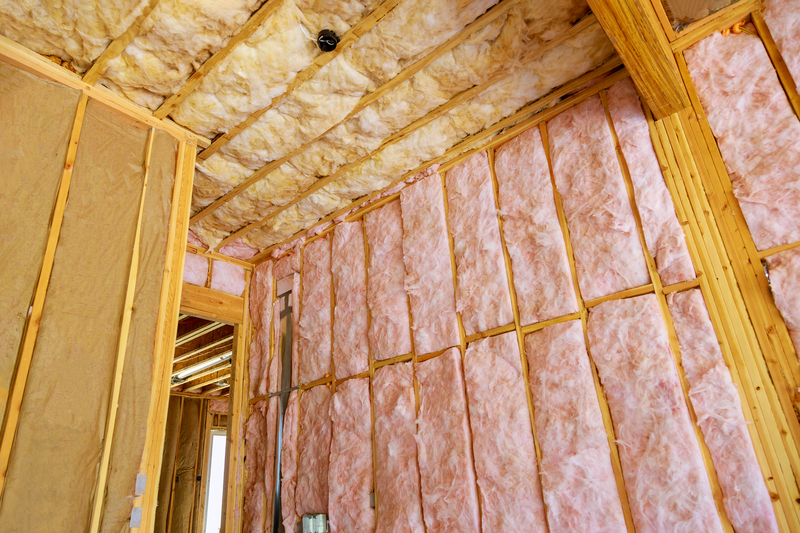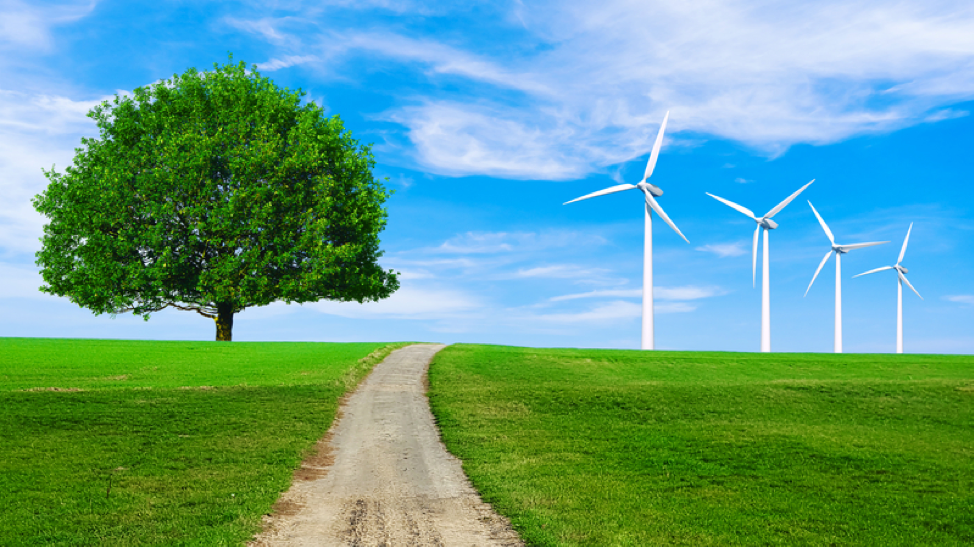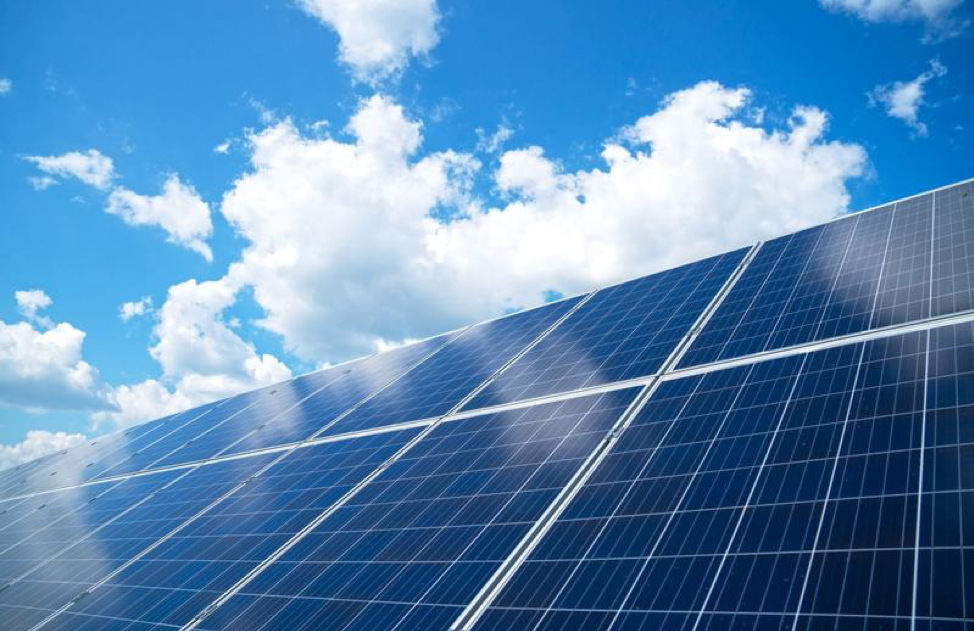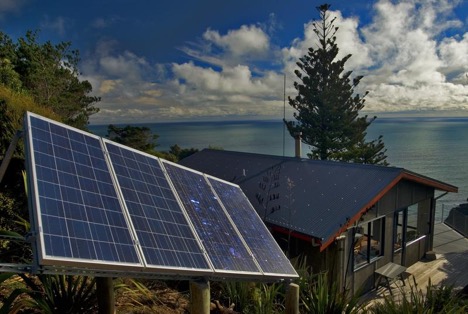With winter upon us, many of us are realizing we’re perhaps a little more bothered by the cold than we’d like to think when belting out a certain favourite Disney song. While that may be okay when spending time outside, freezing in your own home isn’t so good. Fortunately, there are some great environmentally friendly insulation options you can use to keep your home nice and snug.
Wool
If you’ve ever worn wool clothing before, you know how warm it keeps you. Those same properties that keep you warm are extended to your home when you use wool insulation. The curly fibers of wool trap pockets of air, allowing heat retention. Wool is especially environmentally friendly because it is naturally sourced from sheep. Since sheep are constantly growing out their wool and need to be sheared on a regular basis, it’s a highly sustainable source of insulation. While not the most expensive form of insulation, it is still subject to supply and demand. As demand for this sustainable insulation increases, so does the price. Additionally, it’s not 100% energy free to produce, since it does have to be treated with chemicals before it’s ready to be installed.
Straw
You might be surprised how effective straw can be as an insulator. The bales provide comparable insulation to fibreglass, yet can provide a stronger shield against heat and cold. Straw is entirely biodegradable, another point in its favor in terms of environmental friendliness. It has one of the highest R-values, marking it as an incredibly effective form of insulation. If you’re currently in the process of building a house, you could use straw by making your home a straw bale home. Of course, that gives you walls that are a solid 18 inches at a minimum, since bales tend to come in 18–24 inch widths. Alternatively, you can add straw bales as insulation to your existing home. If you don’t fancy having extra thick walls, the bales can be cut down to a thinner size with a chainsaw and still retain a high degree of effectiveness.
Blown-in Blanket Insulation System
A blown-in blanket insulation system is a lot like what it sounds like. It’s essentially a blanket of fibreglass insulation that is blown into a space, creating a seamless coating of insulation. It’s a great option for walls, attics, floors, and ceilings. It also has a high R-value, especially when taking into account the R-value per square foot. With the capacity to offer homeowners significant savings on their heating and cooling bills, the system has the ability to pay for itself over time. A BIB system can be used by energy-conscious home builders while meeting the highest standards for the Energy Star Certified Program. You can feel confident that you are making an environmentally responsible choice if this insulation option is the one you feel is best for your home.
Plant-Based Polyurethane Rigid Foam
Rigid foam is a popular insulation option, but it isn’t the most environmentally friendly. Plant-based polyurethane rigid foam, on the other hand, is made from bamboo, kelp, and hemp. It’s plant base makes it a more responsible alternative for those concerned about protecting the environment. For those who are concerned about the impact it may have on their health, not to worry. Plant-based polyurethane rigid foam is a good option for those sensitive to chemicals and protects against mold and pests. This material isn’t just limited to being used as insulation either. It can be found in furniture and surfboards as well.
Cotton
For installers who dread donning protective gear to protect their skin and eyes from irritating insulation options, cotton may be a welcome change. Cotton insulation is often made from recycled cotton and denim scrap, making it an environmentally friendly option. It’s free of formaldehyde and can be installed without needing to take protective precautions. That said, it can be tougher to cut than fibreglass, is more expensive and difficult to find, and can take longer to expand to the appropriate thickness.
Icynene
As it turns out, caster oil is good for more than just getting things going in your gut. It’s a key component of icynene insulation. Because it is entirely water blown, it doesn’t contain harmful blowing agents, making it a reasonably environmentally friendly option. It has the potential to reduce your heating bill by anywhere from 30-50%. This is especially valuable when you consider that icynene tends to be more expensive than fibreglass and requires the installation of a ventilation system. It requires this because it creates such an effective seal. The upfront cost adds up quickly, but the savings on your heating bill can make up for it over time.
Aerogel
Wool and straw are great options, but what about a more modern alternative? Aerogel is a form of insulation that is primarily made up of air, making it highly sustainable. It’s used in space missions, so you can feel confident that it can stand up to terra firma conditions. Aerogel is fire resistant, breathable, doesn’t absorb water, and is fairly strong when you consider how thin it is. It’s pretty expensive at the moment though, so you may have to wait for it to become more affordable and widely available before installing it in your home.
Cellulose
Perhaps the oldest form of insulation for homes, cellulose tends to be made primarily of recycled products such as wood and paper. If you’ve ever lived in a home with cellulose insulation and wondered what happened to all those newspapers you were recycling, you may not have had to look much further than your walls for the answer. It’s high levels of recycled content, combined with the lack of toxic chemicals or particles, its biodegradability, relatively clean production process, and high levels of energy efficiency make it a good insulation option for those concerned about the environment.
Your home is arguably the place where you should feel the most comfortable in virtually every way. That shouldn’t have to come at the expense of the environment, and fortunately it doesn’t have to. There are a lot of great environmentally friendly options available to homeowners who need them. Once installed, maybe you’ll find the cold doesn’t bother you anyway after all.
We can help you to have renewable energy options for your home so your home can be more environmentally friendly. Contact us to learn more about what we have to offer!



